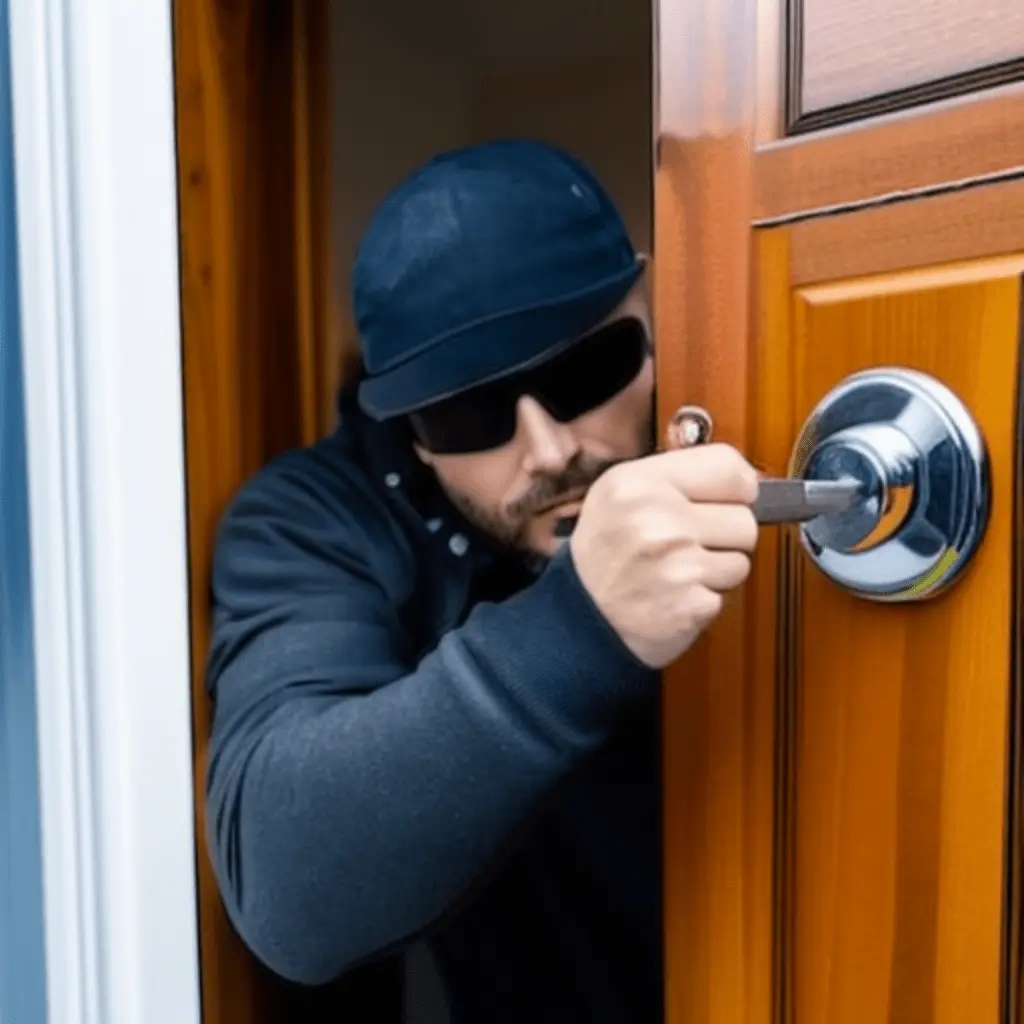At BAX Security, we understand the importance of keeping your home and loved ones safe from any kind of threat. One of the biggest threats to home security is lock bumping. In this article, we will provide you with valuable information on what lock bumping is, how it works, and most importantly, how you can prevent it from happening to your home.
What is lock bumping?
Lock bumping is a technique used by intruders to gain access to a property without leaving any signs of forced entry. It involves using a specially crafted key, known as a bump key, to manipulate the lock pins and unlock the door. The process is quick, easy, and requires no special skills, making it a popular method for burglars.
How does lock bumping work?
When a bump key is inserted into a lock, it is turned one notch, then struck with a blunt object, such as a hammer. The impact causes the lock pins to jump momentarily, and with the right amount of force, the lock can be easily turned and opened. Because bump keys can be easily purchased online or made at home, almost any lock can be bumped.
Why is lock bumping a concern for homeowners?
Lock bumping is a major concern for homeowners because it can lead to property loss, damage, and in some cases, injury. If a burglar gains access to your home through lock bumping, there will be no sign of forced entry, which means that insurance companies may refuse to pay out claims for stolen items or damage to your property. This is because insurance policies often require signs of forced entry to prove that a break-in has occurred.
How can you prevent lock bumping?
There are several lock-bumping prevention techniques that you can use to keep your home safe and secure. These include:
1. Upgrade to high-security locks
High-security locks are specifically designed to resist lock bumping, and they are made from stronger and more durable materials. They also have additional features such as anti-pick pins, making them much more difficult to manipulate.
2. Install a deadbolt lock
Deadbolt locks provide an extra layer of security to your doors, making them much harder to force open. Make sure that the deadbolt extends at least one inch into the door frame, and consider installing a double-cylinder deadbolt, which requires a key to be used on both sides of the door.
3. Use a lock with a sidebar
A sidebar lock is an additional locking mechanism that makes it much more difficult to bump the lock. It works by locking the sidebar in place, preventing the pins from being manipulated.
4. Use a security bar
A security bar is a simple and effective way to prevent intruders from opening your door, even if they manage to bump the lock. It works by placing a bar across the inside of the door, making it impossible to open from the outside.
5. Reinforce the door frame
Weak door frames can easily be kicked in or forced open, even if the lock is bump-proof. Consider installing a reinforced strike plate, which provides additional support to the lock and makes it much harder to force the door open.
Conclusion
At BAX Security, we believe that prevention is the key to keeping your home safe and secure. By following these lock-bumping prevention techniques, you can protect your property and loved ones from any kind of threat. Don’t wait until it’s too late; take action now to ensure the safety of your home. If you have any questions or concerns, please don’t hesitate to contact us. And remember, preventing lock


